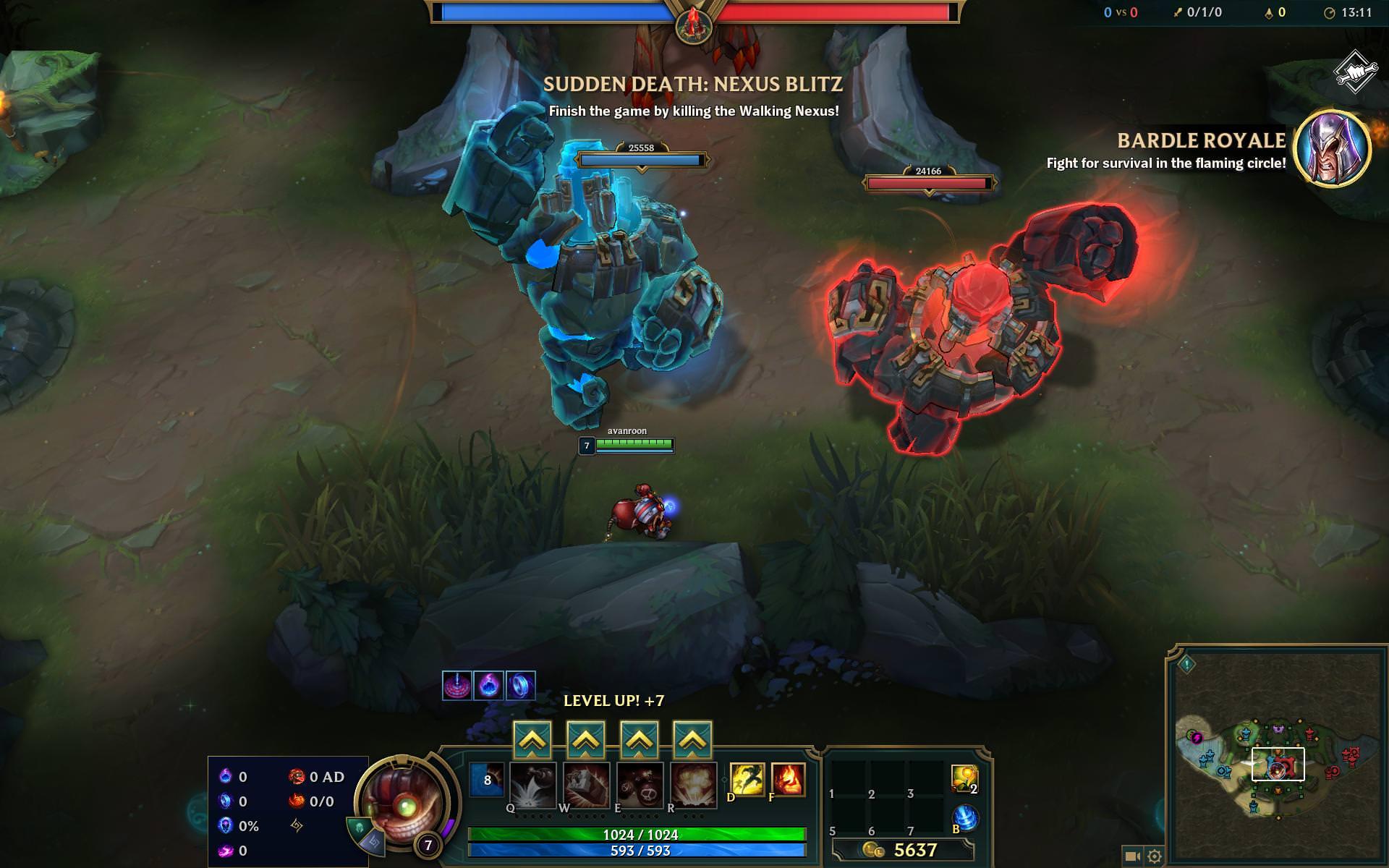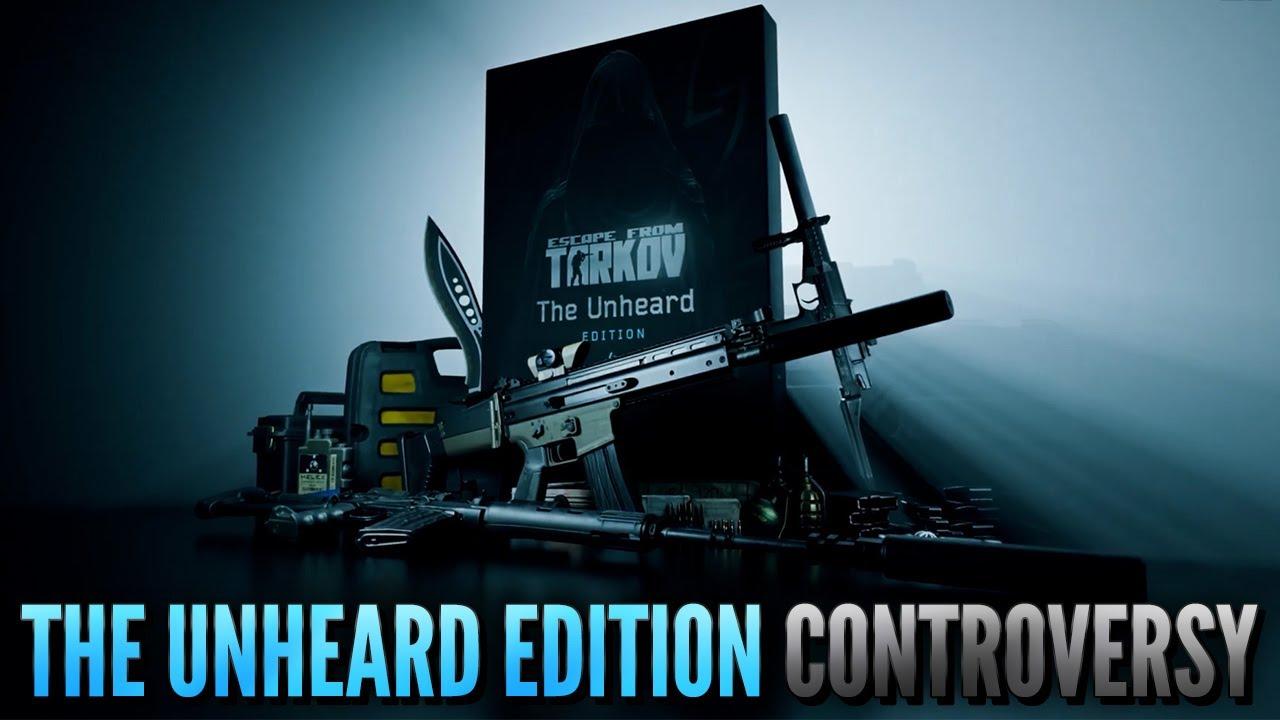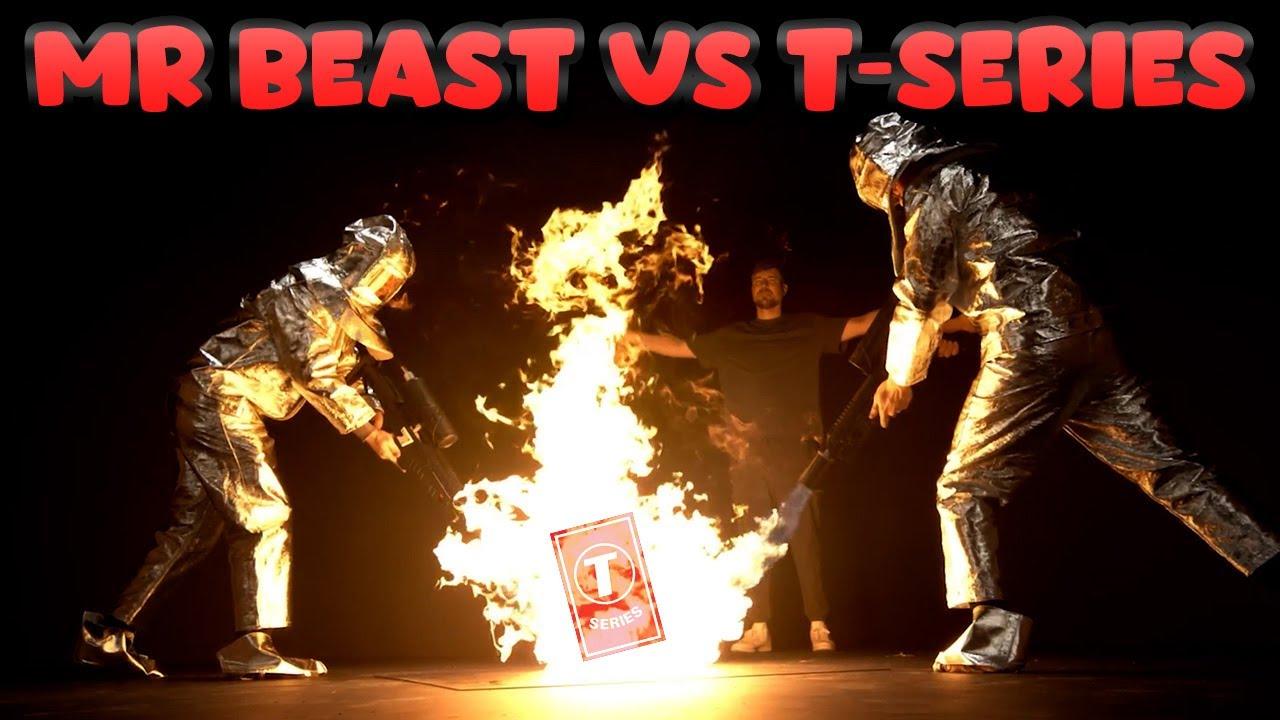
URF vs. Nexus Blitz: Which game mode is better?
League of Legends has a variety of temporary game modes that rotate in and out through the year. Some modes go along with a specific event, such as Odyssey: Extraction. This game mode came out in 2018 with the release of the Odyssey skin line. Other modes, such as URF, consistently return.
Riot Games released Nexus Blitz in 2018 and brought it back with patch 10.15 and the Spirit Blossom event. While there was some hype around it, the excitement seems to have died down and players are now facing longer queues as a result.
URF continues to be the most popular temporary game mode in League of Legends, and there are many reasons for that.
What is URF?
URF follows the same premise as a regular game on Summoner’s Rift. Teams must get to the enemy’s base and destroy the nexus. The main difference is the reduced cooldown timers, as it’s League of Legends the way you know it, but much faster. Dragons, Rift Heralds, and Barons still spawn on the map. Depending on whether if it’s Pick URF or regular URF, players may get to pick their champion or might have to play one chosen at random.

URF is straightforward and without surprises. Players are familiar with the mode, so there’s no room for confusion. That’s exactly what attracts players to URF, and it may help explain what keeps them away from Nexus Blitz.
What is wrong with Nexus Blitz?
Riot gave Nexus Blitz a fresh look in 2020. The new Ionian skin goes perfectly with the Spirit Blossom event. Unfortunately, a new look doesn’t make up for the different issues that exist in the game mode.
Lack of clarity
A player needs to play from five to ten games of Nexus Blitz to fully understand how the mode works. Each game has different events and players won’t be familiar with those until they’ve played it multiple times.
In-game, there isn’t much clarity about the events. There isn’t a timer between events, and there are no timers for the jungle camps or the Rift Herald. The only constant throughout the game is that at 18 minutes, it’s time for sudden death and both nexuses stand up to fight.

Unfair advantages
Nexus Blitz benefits the losing team in some events, but a team is not “losing” until at least the first structures are down. At least, that’s the logic the game is intended follow. There have been cases where the game favors one team over the other on the first event even when there isn’t any notable advantage.
One example of this unfair advantage would be a DPS Check event where the dummy spawns on the enemy’s side of the jungle. Each jungle has a jungle guard, so enemies cannot easily enter the opposite side of the map. Players would have to deal with the guard and then the enemies players to even attempt to get to the dummy. The same can happen with King of the Hill.
Bugged events
Bugs are responsible for those unfair advantages, and almost every event has a bug that makes it unfair for one team or the other. One of the more noticeable and annoying bugs is the inting Soraka. When it’s time to play Protect the Soraka, both teams must defend their Soraka while attempting to kill the enemy Soraka. In some instances, the ally Soraka will simply int and run into the enemy champions, losing the event on her own.
Due to these issues and others like them, players are choosing not to play Nexus Blitz, which means the queue times are going up. Riot is taking the feedback and introducing hotfixes, but it makes sense for the team not to spend too much time on fixing a mode that is going away in two weeks.
Nexus Blitz moves back out of the rotation on August 24.
Recommended

These are the Latest Trends in Mobile Gaming
The popularity of gaming continues to rise day by day, and as a result, developers are continually...

The Finals gets a new CS-style game mode called The Terminal
Guard the Terminal from attackers.






